Technological developments in healthcare, a field with an array of opportunities for investors
Medicine and all things health-related have become more technological than ever in the wake of the Covid-19 pandemic. Innovations in this field help to make faster and more effective diagnoses. In particular, telemedicine, the Internet of Bodies (IoB) or cognitive automation are channels for many of these changes and can be leveraged by investors.
Technology applied to healthcare is known as healthtech. This term covers both technological advances and their various applications. Although this combination of technology and health might seem relatively recent, the first innovation that signalled a step-change in diagnosis, namely the very first microscope, dates back to the 16th century.
It has been extraordinarily useful ever since. Technology is part of medicine and of the growing raft of means to improve health, prevent diseases and for early diagnosis. Faster and more effective diagnoses help to increase life expectancy and reduce treatment costs.
Medical and pharmaceutical research makes it possible to compile and store the records of millions of patients and link them to their various treatments, areas of activity or life habits. This invaluable source of information, which is part of what is known as Big Data, can be analysed and harnessed for a better understanding of the various pathologies. By involving artificial intelligence in the process, with its ability to "read" all the scientific information published on a given disease, pathologies and disease patterns can be properly identified more quickly and accurately. All these areas applied to healthcare represent interesting opportunities from an investment standpoint.
The Covid-19 pandemic prompted the development of methods for remote health care and health checks outside of medical centres. As a result, patients can receive medical care through telemedicine, avoiding time and travel issues. Demand has grown for tools such as smart devices, which enable online monitoring of patient data such as heart rate, blood oxygen or blood glucose levels through health applications.
1. Telemedicine
Telemedicine taps communications technology to provide medical care to patients without the need to be in the same physical location, such as video chats through apps or webcams, smartphones or videoconferencing software.
Telemedicine will not be possible without the technological infrastructure to support it, so further investment is needed. The use of digital healthcare tools is constantly evolving.
2. Internet of Bodies (IoB)
Internet of Bodies or IoB refers to a network of devices that can collect data about the human body and/or alter its functions. IoB devices are physically connected to or placed inside the body, allowing them to monitor and potentially interact with it. There are currently three types of devices: outside the body, inside the body and electronic devices that can completely merge with the human body.
3. Cognitive automation
Cognitive automation is a subset of artificial intelligence that is capable of performing tasks that, until very recently, only humans were capable of performing, such as medical diagnoses. Time, which is critical in diagnosing serious health issues, could be saved using tools that harness artificial intelligence, offering fast and accurate results.
This McKinsey report explains at length how the Covid-19 pandemic changed our approach to healthcare. Now, this trend continues to advance in connectivity and digitalisation.




